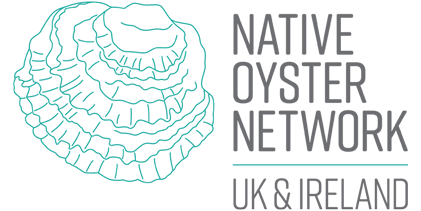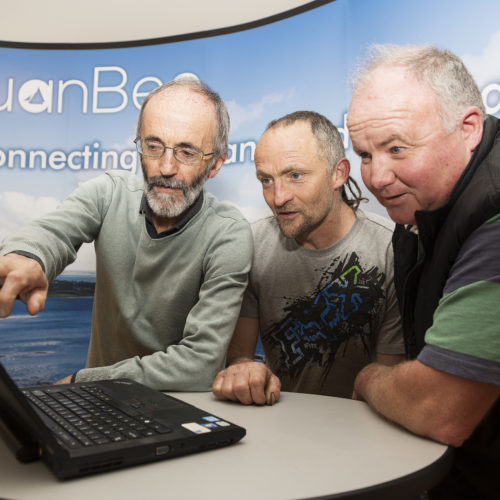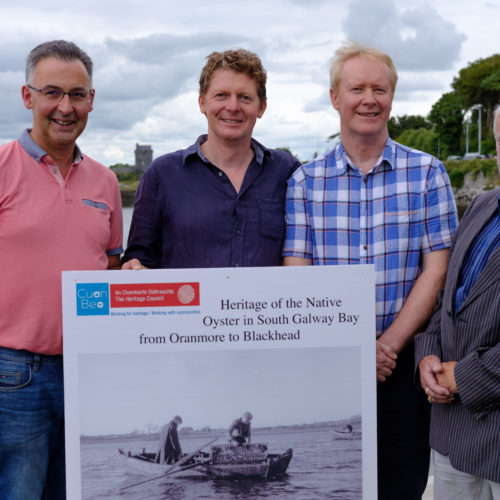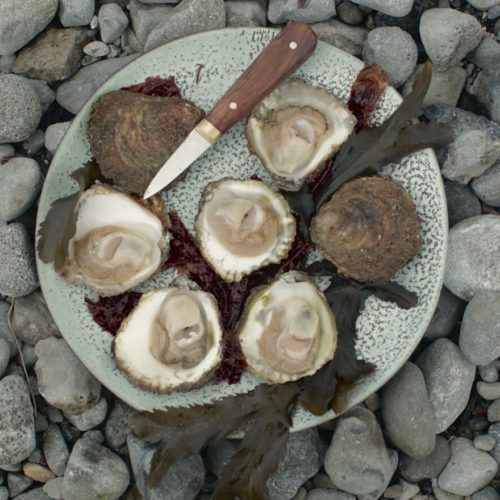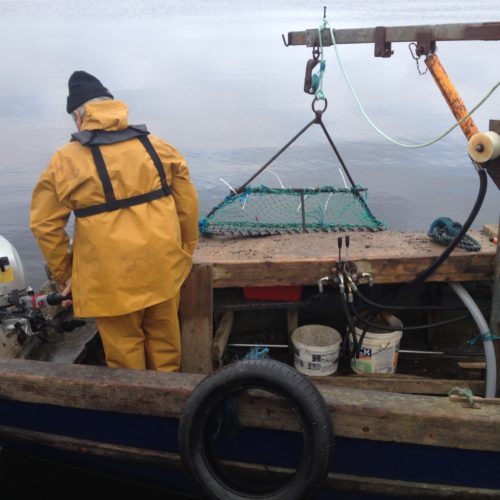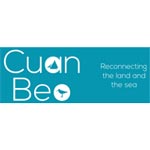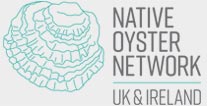Project Aim: Species restoration
Oysters have been fished in Galway Bay for many centuries. Stocks are depleted due to a combination of disease, fishing pressure and loss of suitable habitat for spat fall and growth. The project is assessing the current distribution and abundance of oysters in the Bay through a combination of intertidal transect and sub-tidal dredge surveys using a broad participation of native oyster fishermen and oyster growers. A hydrodynamic model of the Bay in combination with new experimental data on the response of oyster to low salinities over a range of temperatures will be used to develop a map of suitable oyster habitat. Cultch (settlement substrate) is deployed at a number of sentinel sites to monitor the distribution of spat fall and to evaluate the efficacy of different types of cultch in attracting spat. These data will collectively be used to inform larger scale cultch trials in 2019. In parallel disease monitoring, particularly for Bonamia which has been present in the Bay for a number of decades, has been enhanced. The oyster beds are within a Special Area of Conservation. The conservation objectives for habitats will be fully incorporated in the design and implementation of the restoration project.
Project Website
Galway Bay
Project Contacts
Dr Oliver Tully, Marine Institute, oliver.tully@marine.ie
Diarmuid Kelly, Chairman, Cuan Beo, cuanbeo@gmail.com
